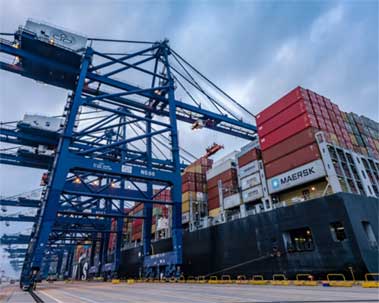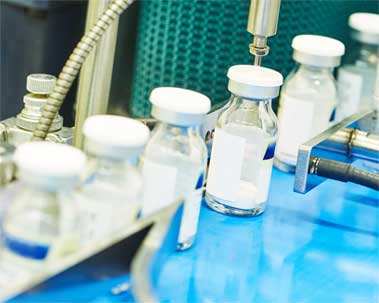Mechanical seal is one of the most important components of pumping system. The seal is a simple component that forms a barrier between the motor and the pump volute to prevent motor leakage.
Leakage of any mechanical instrument is very serious, and pump is no exception. Fluid leakage usually causes corrosion of the housing, sleeve, and bearing. Unattended corrosion for a period of time will degrade the construction materials of the pump. Leakage of fluid into the motor shaft may short circuit the motor. Of course, these problems will hinder the normal operation of the pump, and may eventually stop the pump completely. Companies often spend a lot of time on money, wasted manpower and wasted operation time to fix leaks. Mechanical seals are designed to prevent leakage.
Sewage pumps, for example, are particularly vulnerable to leakage because their operation depends on being surrounded by water that may contain corrosive or clogged solid waste. This water will accumulate in the motor casing, obviously the submersible pump can not be discharged without interruption of operation. The most commonly used seal type of sewage pump is the end mechanical seal. In the face seal, the two annular "faces" or sealing heads are placed horizontally (but not installed) with each other in the seal chamber, which is located between the volute (the "wet end" of the pump) and the motor. Actuators, such as springs, press against faces close to each other. The rotating motor is inserted through two annular surfaces and connected to the impeller. As the motor shaft rotates, the upper seal (near the motor) rotates with the shaft. The bottom seal near the volute remains stationary. This action creates a seal interface that holds water in the volute and prevents leakage. A very small amount of water may escape from the seal interface, but the liquid essentially acts as a lubricant for the seal and eventually evaporates from the heat.
 English
English français
français Deutsch
Deutsch Español
Español italiano
italiano русский
русский português
português العربية
العربية ไทย
ไทย čeština
čeština Polska
Polska


